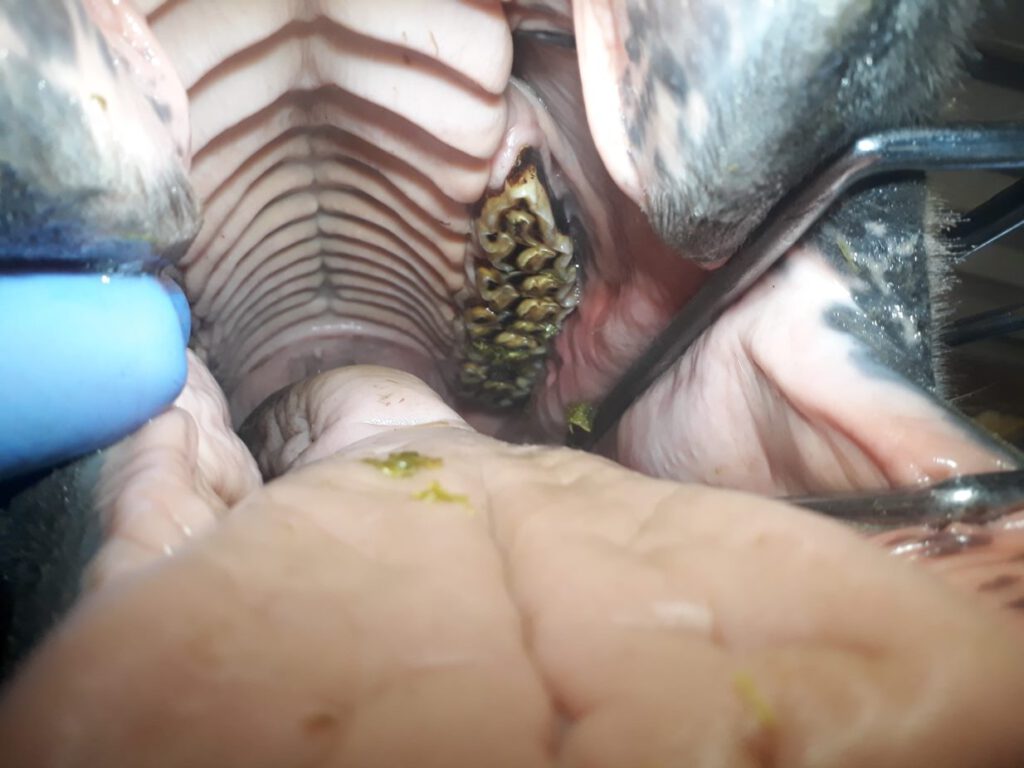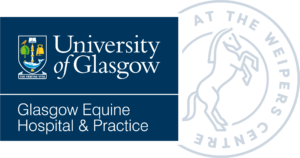Preventative Healthcare Services
Vaccinations
Tetanus
Tetanus can result in paralysis and death in horses- it is caused by a toxin produced by bacteria in the soil. Tetanus toxin can enter the body through wounds or skin abrasions and can affect all horses. It is recommended that all horses are vaccinated for tetanus as a minimum.
The normal vaccination schedule varies by manufacturer, but typically consists of the following:
- Primary vaccination, consisting of 2 vaccines, 4 weeks apart, followed by a booster every 2 years.
Flu and Tetanus
Flu is spread by direct contact and through the air, up to around 1000m. It can be passed to unvaccinated horses by vaccinated horses infected by the virus. Vaccinated horses are unaffected and show no signs. Flu can cause yards to be closed for several weeks and can have a serious adverse effect on the old and young.
Glasgow Equine Practice recommends all horses are vaccinated for flu and tetanus, even if the risk of infection is low.
Primary vaccination (according to BHA)
- 0 days – 1st Vaccine (Flu and tetanus)
- 21-92 days – 2nd Vaccine (Flu and tetanus)
- 150-215 days – 3rd Vaccine (Flu and Tetanus)
Booster vaccinations vary, but at a minimum should be administered less than or equal to 365 days. It is not recommended to vaccinate at over 365 days. This is because the vaccine may not provide protection to the horse. It is also likely to mean that a horse may not be able to compete or travel to a horse event. If vaccinations have lapsed a restart primary vaccination is required.
Different horse authorities may require vaccinations at 6 months e.g. FEI or British Eventing. Reminders may not be sent out for these 6 monthly vaccines.
Please remember that it is the responsibility of the horse/ pony’s owner to ensure that vaccinations are kept up to date. Glasgow Equine Practice will provide reminders to help remind owners of upcoming vaccinations.

Passports and Microchipping
It is required under UK law for every horse, pony and donkey to have a passport and from October 2020 all horses must have a microchip. This includes equines who had passports issued when microchips were not compulsory (before July 2009). Overall, less than half of all horses with passports are currently microchipped.
This requirement is so all horses’ information can be recorded on the Central Equine Database (CED). This will allow instant alerting of enforcement agencies, welfare organisations, vets, border control, auctioneers and others when you report your horse missing and should improve the likelihood of being reunited with your horse in the event of theft or straying. It is very important to update your contact details if they change and particularly if you sell your horse on- you could still be liable for your sold horses if you are still the registered owner.
Obtaining a passport for your horse is usually not too difficult. A passport for your horse can be issued from a number of passport issuing authorities, including the relevant breed society and various others including the British Horse Society and Pet ID. Note breed societies often have additional requirements which may require some planning before the visit. Glasgow Equine Practice is happy to fill out a passport from any recognised agency but if you do not have a preference we will use Pet ID.
Microchipping horses involves the quick and relatively painless implantation of a tiny chip, the size of a grain of rice, into the ligament in the left side of the neck. The horse’s neck should be clean for this procedure and this also greatly facilitates drawing the silhouette for the identification.
Passporting and microchipping of equines can only be performed by a vet. Please contact reception at 0141 330 5999 to make an appointment.
Dental Examination and Rasping
Prevention is better than cure and it is important to maintain regular dental checks for your horse.
Horses are stoic, which means they can endure pain for long periods of time without showing signs, especially with dental pain. It is possible for a horse to behave normally despite severe dental pain.
We recommend dental checks every 6-12 months to ensure that unidentified issues are found and can be treated quickly. Older horses are more likely to need 6 month dental checks.
Sedation often provides a more relaxed experience for you and your horse and allows a more thorough examination to be made. It increases the safety for your horse and everyone involved.
We can investigate and treat some complex conditions at the yard with our portable x-ray. We also have complete facilities at Glasgow Equine Hospital for diagnostic imaging, overgrowth reductions, tooth extractions and diastema treatment.
At what age should I start getting my horse’s teeth checked?
- Getting your horse’s teeth checked a minimum of once a year from when they are a foal (to make sure the teeth are aligned and erupting correctly), will help to ensure they have the healthiest possible teeth in their older years.
- It is especially important to have your horse’s teeth checked before introducing a bit for the first time. The presence of any sharp points on the teeth become even more important when a bit is in place together with the noseband and cheek pieces pushing the cheeks in. It is important that when introducing a horse to a bit that it is a pain-free experience.
What happens at dental visits?
- Your horse should normally be stabled or brought into the hospital. Your vet will need clean water; warm water is appreciated in the winter.
- We will discuss how you are getting on with your horse and ask some questions including age, veterinary and dental history and if there have been any problems. Problems may include ridden performance and temperament.
- A sedative is normally given. This is not a reflection on the character or behaviour of your horse. Dental examinations are more invasive than your horse is used to and not always comfortable if they have a painful area. Instruments used for examination may be sharp and potentially dangerous.
- A thorough examination of the head is performed, followed by examination of the incisors.
- A mouth speculum (‘gag’) is placed to hold the mouth open. The mouth is washed out and the horses head is placed on a stand.
- An examination is performed using a bright light and a mirror. Dental picks and probes are also used to check for gaps, cavities and other diseases.
- Treatment of sharp points, overgrowths of individual teeth and general uneven wear is performed using either hand rasps or motorised instruments.
- The moth is rinsed again and the speculum removed.
- Treatment is recorded either on a chart or in the veterinary clinical history.
- Quidding, dropping partially chewed hay
- Dropping hard feed
- Refusing to eat
- Change in behaviour (e.g. a horse can become aggressive due to being in pain)
- Change in behaviour when ridden (e.g. head tilting, head tossing, mouth open, irregular head carriage)
- Dangerous ridden behaviour
- Headshaking
- Depressed behaviour
- Inflammation of the gums



